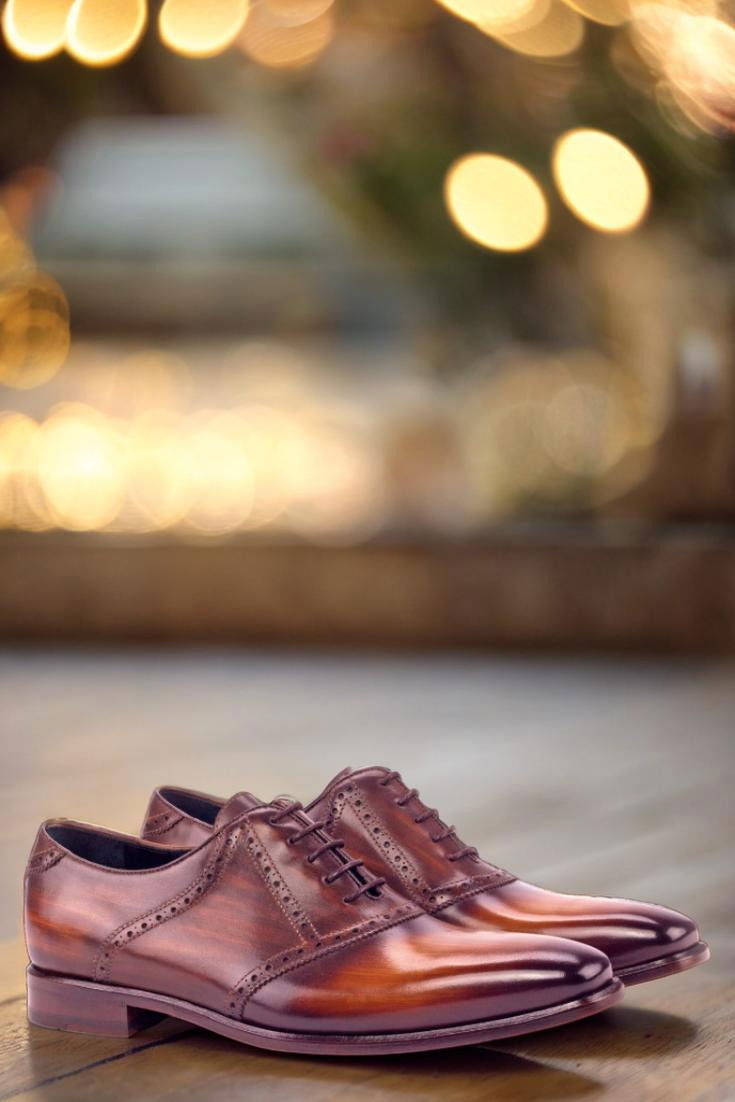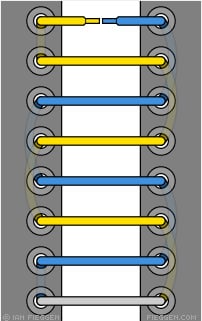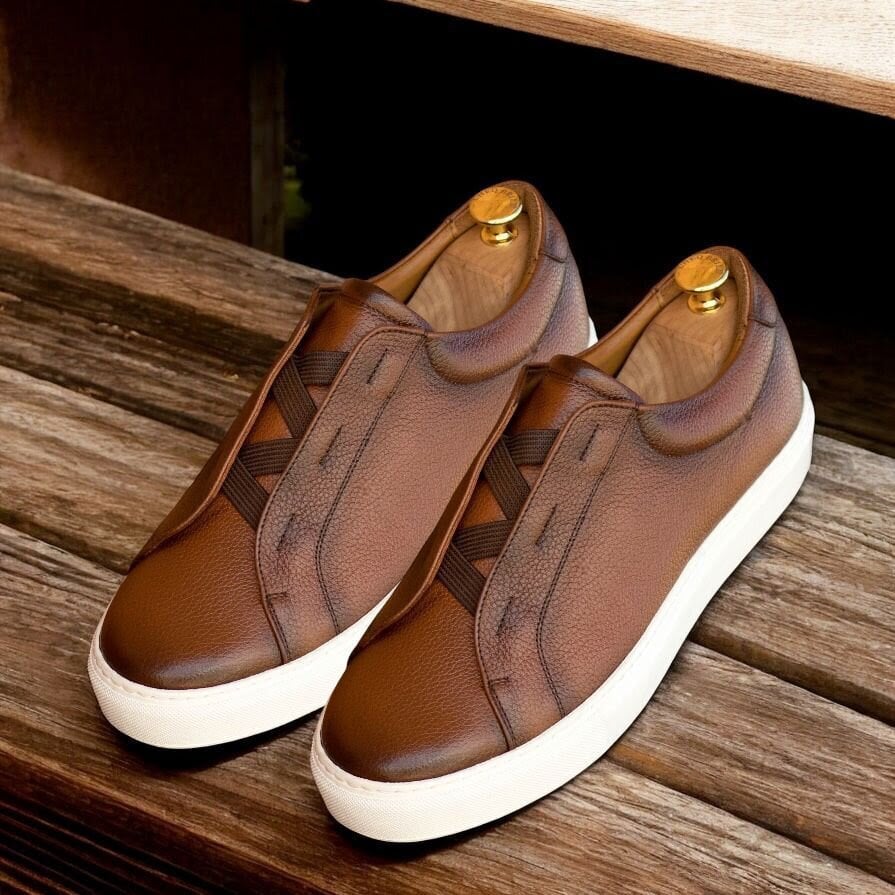
When it comes to finding the perfect shoe fit, there’s no one-size-fits-all answer. While there are objective factors to consider, the ideal fit is ultimately a personal experience—what feels right for one person might not work for another. This is why, despite advancements in technology like 3D scanning machines, they’ll never fully replace the expertise of bespoke shoemakers or the classic ritual of trying on shoes in person. Sometimes, the human touch is simply irreplaceable!
A machine can’t understand a person’s unique preferences when it comes to fit—it only analyzes data. And let’s face it, no two size 10s from different shoemakers ever fit the same. Fit is personal, subjective, and ultimately about how it feels to you. It’s not something that can be dictated by measurements or algorithms. You just know when it feels right—it’s instinct, not numbers..




When it comes to finding the perfect shoe fit, there’s no one-size-fits-all answer. While there are objective factors to consider, the ideal fit is ultimately
Ever wondered why wholecut oxfords often come with a higher price tag compared to other styles in the oxford family? At first glance, it might

Bet you didn’t know there’s more than one way to lace up a men’s dress shoe—time to step up your style game! Dress shoes are

We’re thrilled to introduce the Cambridge Ave. Laceless Trainer, a sleek and innovative addition to our footwear collection that perfectly balances modern design with effortless